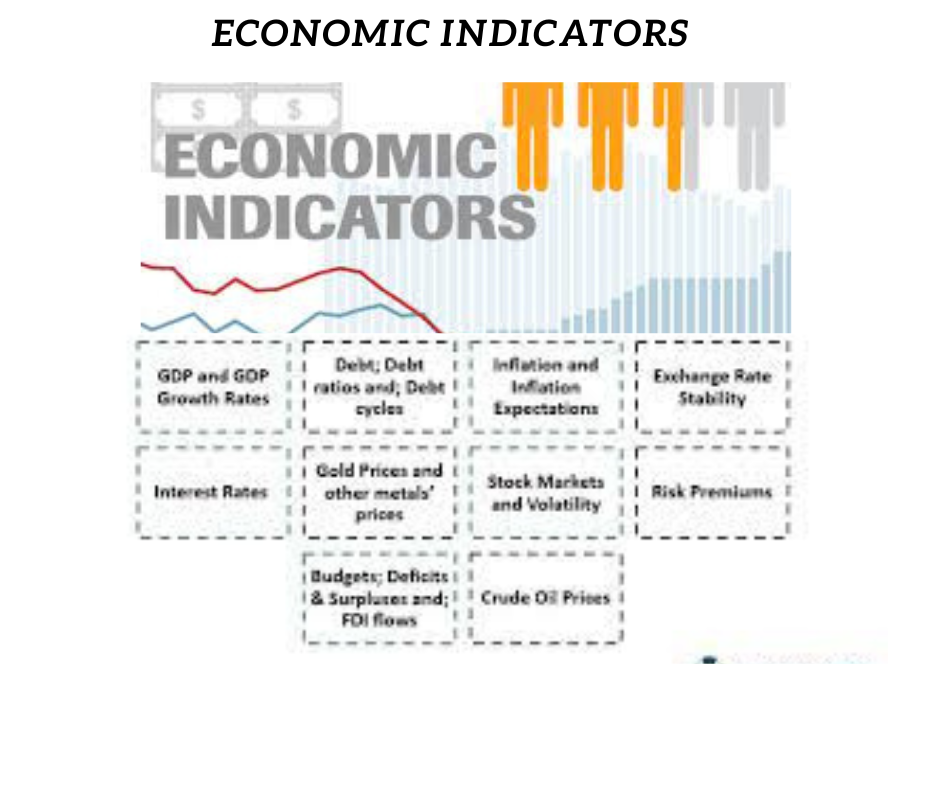When a nation is unable to fulfill its debt commitments, notably the interest and principal payments on government-issued bonds or loans, it enters a state of sovereign debt crisis, often referred to as a sovereign default crisis or a government debt crisis. The impacted nation’s economy and finances may suffer greatly from these crises, and they may also have an influence on international financial markets. A thorough description of sovereign debt crises is provided below:
1. Causes of Sovereign Debt Crises:
i. Excessive Debt:
When a government accrues too much debt in comparison to its capacity to repay it, it is one of the main causes. This may occur as a result of ongoing budget deficits, which are frequently brought on by a combination of excessive public expenditure, low tax collection, and occasionally, poor economic management.
ii. Economic Factors:
External shocks, economic downturns, and recessions can hinder a nation’s ability to service its debt by slowing economic growth and revenue. Economic variables are important components of the larger economic environment that have an impact on a variety of economic performance indicators, such as growth, stability, and all-around well-being. In order to comprehend and control economic trends and changes, economists and policymakers regularly monitor a wide range of economic circumstances, indices, and variables.
iii. Currency Depreciation:
A sharp depreciation of the national currency can increase the cost of servicing foreign currency debt, because the amount of local currency needed for payments increases. Currency depreciation, also known as devaluation, is the decrease in the value of one currency against another in the foreign exchange market. When a currency depreciates, it means that more units are now needed to buy one unit of another currency. A weakening currency has a significant economic impact on both domestic and international trade.
iv. Rising Interest Rates:
A rise in global interest rates could increase borrowing costs for governments, especially for floating debt. Rising interest rates refer to an increase in the cost of borrowing money or the return on investment that investors receive from holding interest-earning assets such as bonds, savings accounts, or certificates of deposit (CDs). Interest rates are influenced by a number of economic factors and are usually decided by central banks or market forces.
2. Signs and Symptoms:
Here are some points which may explain the Signs and Symptoms in the economy of the country,
i. Increasing Debt Levels:
A rising debt-to-GDP ratio is often an early warning sign. Growing debt, often called growing national debt or government debt, occurs when a government accumulates more and more debt over time. This debt is usually government bonds or loans issued by the government to finance its operations or various projects and initiatives.
ii. Budget Deficits:
A persistent and large budget deficit may indicate that the government is borrowing too much to cover expenses. A budget deficit occurs when government expenditures exceed revenues during a certain period, usually a fiscal year. In other words, it is the financial gap between what the government spends and what it collects during that period.
iii. Declining Investor Confidence:
A loss of confidence in the country’s ability to pay its debts can lead to an increase in borrowing costs and difficulties in accessing the credit market. A decline in investor confidence is a situation where investors lose faith in a particular asset, market or general economic environment. In the context of the economy and financial markets, a decline in investor confidence can have significant consequences.
iv. Downgrades by Credit Rating Agencies:
If rating agencies downgrade a country’s credit rating, it can raise borrowing costs and undermine investor confidence. Rating agencies are organizations that assess the creditworthiness of individuals, companies and governments by assigning credit ratings to their debt securities. These ratings indicate the risks associated with lending or investing. When rating agencies downgrade a company’s credit rating, it means they believe the company’s ability to meet its financial obligations has weakened, making its debt more risky.
3. Consequences of Sovereign Debt Crises:
i. High Borrowing Costs:
A country in crisis often faces significantly higher interest rates when it tries to borrow money, making it expensive to refinance maturing debt. High borrowing costs can have significant financial implications, impacting affordability, investment decisions, and overall economic activity.
ii. Economic Downturn:
The crisis can lead to economic contraction, higher unemployment, and reduced living standards. An economic downturn, often referred to as a recession or economic contraction, is a period of negative economic growth characterized by a decline in various economic indicators such as Gross Domestic Product (GDP), employment, consumer spending, and business investment. Economic downturns are a natural part of the economic cycle and can have significant and widespread impacts on individuals, businesses, and governments.
iii. Financial Instability:
Financial markets can become volatile, and banking systems may come under stress. Financial instability refers to a condition in which a financial system or financial markets experience disruptions, uncertainties, or crises that can lead to adverse economic consequences. Financial instability can result from a wide range of factors, including economic imbalances, excessive risk-taking, inadequate regulation, and external shocks.
iv. Reduced Access to Capital:
International investors may be reluctant to lend to or invest in the country. When access to capital becomes restricted or constrained, it can hinder economic growth, investment, and financial stability.
v. Currency Depreciation:
In an attempt to boost exports, a country might allow its currency to depreciate further, which can lead to inflation and reduce the purchasing power of its citizens.
4. Responses to Sovereign Debt Crises:
i. Bailouts:
International financial institutions like the International Monetary Fund (IMF) may provide financial assistance and economic stabilization programs to help countries manage their debt crises.
ii. Restructuring:
In some cases, countries may negotiate with creditors to restructure their debt, which can involve extending maturities, reducing interest rates, or even reducing the principal amount owed (a “haircut”).
iii. Austerity Measures:
Governments may implement austerity measures to reduce budget deficits and restore investor confidence, often leading to unpopular cuts in public spending and services.
5. Examples of Sovereign Debt Crises:
The Greek debt crisis (2010-2018) is a visible example in recent history. Argentina has experienced several debt crises over the years.
Several emerging market economies, such as Turkey and Venezuela, have recently faced debt problems. Sovereign debt crises are complex and difficult events that require careful management to mitigate economic and social impacts. Prevention of such crises often requires responsible fiscal and economic policies and sound debt management practices.

The writer is having vast experience in Banking and Finance sector for over one and half decade, where during his period of work he has experienced different economic and development initiatives taken for the wellbeing of the public masses through the banking channel.
He has worked for the Microfinance banks which are offering community based services among the under developed segment of the society.
The major work done in Financial Inclusion where several hundreds of people were brought to Banking channel to improve their businesses.
The under served segment of society like woman were given the chances to change their lives through credit facilities to grow their home based businesses which is also an imitative of Women Empowerment.
The Writer has also worked against different social issues and highlighting them for positive change in the society through public awareness and their active involvement to reach to the solution.
This journey of empowering people is on going and is never lasting till the time last person remains underserved.







